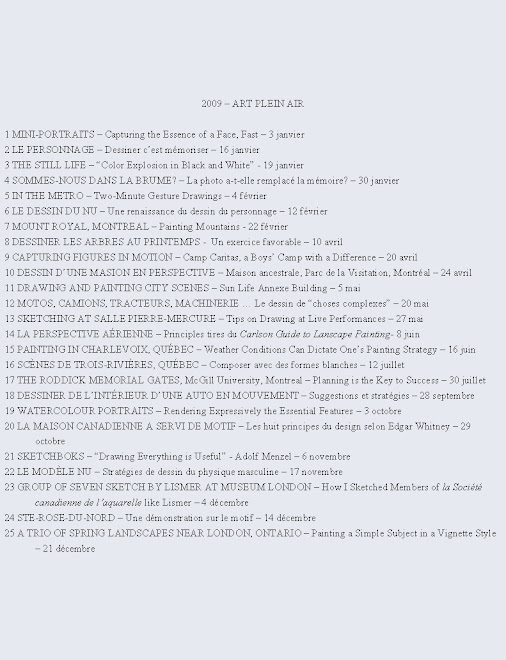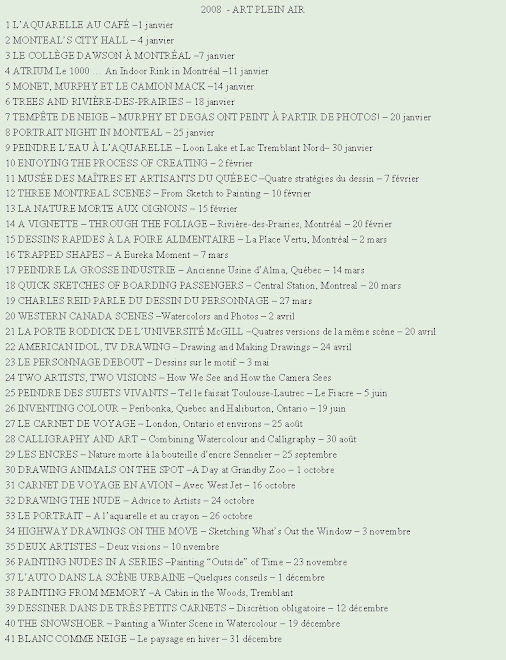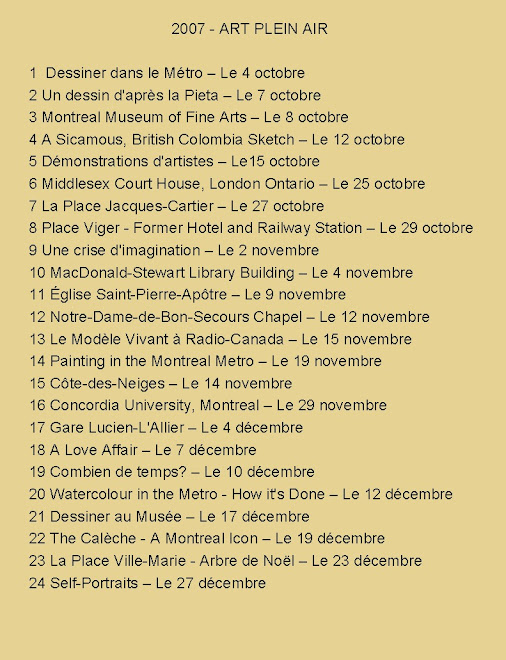 Although I am an avid outdoor painter, and paint mostly from sketches I used photo references to create this painting. It would have been extremely difficult if not impossible to paint this scene outdoors. The key to successfully composing a scene using photos as reference is to use a number of images or photos rather than relying on a single source. If you photographed the scene yourself that is an asset since you were emotionally involved in composing the photos.
Although I am an avid outdoor painter, and paint mostly from sketches I used photo references to create this painting. It would have been extremely difficult if not impossible to paint this scene outdoors. The key to successfully composing a scene using photos as reference is to use a number of images or photos rather than relying on a single source. If you photographed the scene yourself that is an asset since you were emotionally involved in composing the photos.
As seen in the illustration below a variety of visual references were used. What inspired me in the first place to choose the subject was seeing one of John Pike’s winter scenes illustrated in the book John Pike paints Watercolors. I based my composition on his - sky, snowy foreground and snow clinging onto tree trunks.

The white of the paper links the horizontal shapes to the vertical tree shapes. The red clothed snowshoer, placed in the golden mean (one-third away from two edges) serves as a strong anchor or focal point amid all the white masses and the varied vertical/oblique forms. Moreover, the figure is moving into the painting, another good compositional strategy that leads us into the scene and keeps us there. I used an orange/blue complementary color contrast.
One of the most important things to remember when using a composite of photos and sketches when designing a painting is to paint all shadows going in the same direction. The light source, here the sun, must cast shadows only in one general direction. Experience in drawing and painting outdoors will help you not to fall into the “multiple sun” pitfall.
Stage 1 & 2: Having drawn the basic tree trunk shapes I masked out with liquid frisket some of the thinner tree trunks in the middle ground in order to permit me to paint the background, large tree trunks and foreground cast shadows more easily. After the foreground area dried I wet the sky area right up to the snow. I dropped in a mixture of blues and Burnt Sienna to render the background forest off focus. I did this wet in wet.


Stage 3 & 4: The frisket was removed and the middle ground trees were painted. Some modifications were made here and there to the cast shadows and tree trunks.

 Stage 5, & 6: The snowshoer was painted and care was taken to render the shadow cast by the figure varied and interesting.
Stage 5, & 6: The snowshoer was painted and care was taken to render the shadow cast by the figure varied and interesting. 
 Stage 7: At this point I placed a temporary mat on the painting so I could better gage the values. Some of these needed to be strengthened others softened.
Stage 7: At this point I placed a temporary mat on the painting so I could better gage the values. Some of these needed to be strengthened others softened.  Stage 8: I added small branches at the base of two trees to create added interest.
Stage 8: I added small branches at the base of two trees to create added interest. 
John Pike says: “I think the ability to really see values is by far the most important factor in watercolor painting. What do we have to start with? A blank sheet of paper or canvas that has two dimensions–width and height. What do we hope to achieve? The illusion of the third dimension-depth–which is gained only by thinking through value relationships.”
Raynald Murphy sca









Aucun commentaire:
Enregistrer un commentaire